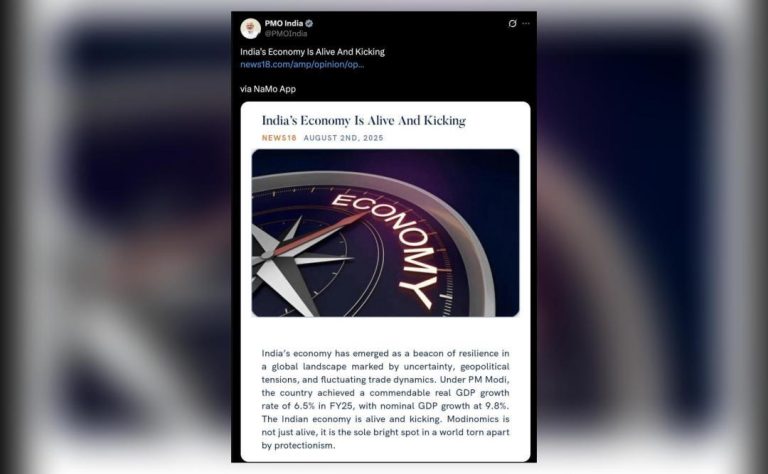
Cable TV Loses 5 Lakh Jobs as Digital Platforms Take Over
The Indian pay TV sector has been experiencing a significant decline in recent years, with over 5 lakh jobs lost in the past seven years alone. This staggering figure is a direct result of the sharp drop in subscribers, driven by the rise of over-the-top (OTT) services, smart TVs, and free satellite services. The consequences of this decline are far-reaching, with revenue down by a whopping 16% since 2019. As the sector continues to struggle, it’s clear that the industry must adapt to the new digital landscape and prioritize workforce upskilling to stay ahead.
The decline of cable TV is not limited to India; it’s a global phenomenon that’s been unfolding over the past decade. The shift towards digital media has been rapid, with consumers increasingly opting for streaming services and online content. In India, the rise of OTT platforms such as Netflix, Amazon Prime, and Hotstar has been particularly significant, offering a range of original content and on-demand viewing options that traditional cable TV simply can’t match.
The impact on the cable TV industry has been severe, with many operators struggling to stay afloat. Revenue has plummeted, and jobs have been lost as a result. According to a report by the Indian Broadcasting Foundation, the pay TV sector has lost over 5 lakh jobs in the past seven years, with many more expected to follow. This is a devastating blow to an industry that once employed hundreds of thousands of people.
So, what’s driving this decline, and what can be done to reverse the trend? One of the primary factors is the rise of free satellite services, which offer a range of channels at no additional cost to viewers. This has led to a significant decline in paid subscribers, as consumers opt for free alternatives. Additionally, the proliferation of smart TVs and streaming devices has made it easier for viewers to access digital content without the need for traditional cable TV.
Another factor is the increasing popularity of OTT services, which offer a range of original content and on-demand viewing options that traditional cable TV simply can’t match. These services have been particularly popular in India, where consumers are increasingly opting for digital content over traditional TV. According to a report by Deloitte, the OTT market in India is expected to reach $5 billion by 2025, up from just $300 million in 2020.
So, what can be done to reverse the trend and save the cable TV industry? One option is for operators to adapt to the new digital landscape by offering their own OTT services. This would allow them to compete with the likes of Netflix and Amazon Prime, while also offering their subscribers a range of on-demand viewing options.
Another option is for operators to focus on providing high-quality, exclusive content that can’t be found on digital platforms. This could include live sports, news, and entertainment programming, which would appeal to viewers who are looking for a more traditional TV experience.
Finally, operators could focus on upskilling their workforce to prepare them for the changing media landscape. This would involve training employees in areas such as digital marketing, social media management, and content creation, which would enable them to adapt to the new digital landscape.
In conclusion, the decline of cable TV is a significant challenge for the industry, with over 5 lakh jobs lost in the past seven years alone. However, by adapting to the new digital landscape and prioritizing workforce upskilling, operators can potentially reverse the trend and stay ahead in the post-linear media landscape.
News Source:






